A guide to Outlander’s healing plants


Extracts from certain plaints were widely used to treat a variety of ailments in the 18th century, and still make up 25 per cent of modern day medicines.
Books on the subject, dating back to the 1700s, still exist, including one by Martin Martin, a Scottish physician asked to visit the Highlands and record the ways of “the natives”.
Advertisement
Hide AdTax collector Alexander Carmichael also wrote extensively on the subject at that time.
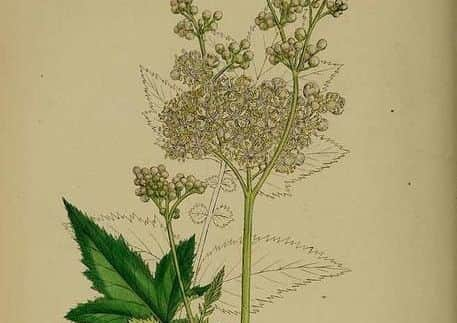

Outlander author Diana Gabaldon said she made sure her novels were historically accurate in their depictions of herbal medicines.
She said: “I did considerable research for Outlander. All the herbs mentioned in the book were used at one time for the purposes mentioned - although that isn’t saying they were necessarily used successfully. They will have been recorded by one or another practitioner as useful for X, though.”
With assistance from Dr Gregory Kenicer, Head of Education at the Royal Botanic Gardens Edinburgh, we take a look at the healing plants of Outlander.
Fern
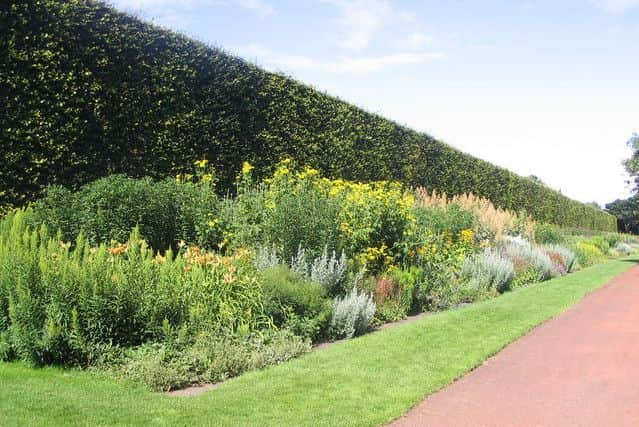

There were many plants used in the 1700s which did have healing properties - although there were a great many more that have since been disproved.
For instance, it’s never been scientifically proven that a fern could be used to brew a beer that was used to treat TB, a wholly untested theory but one that was of widespread belief.
Advertisement
Hide AdThere was also a belief that you could create a love charm using foxglove, kelp, butter-bur and the bones of an old man.
They were to be burned on a flat rock near the sea and the power was to be blown on your intended love.
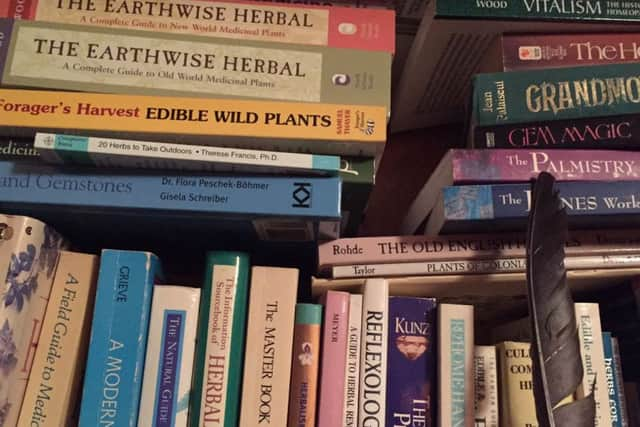

Advertisement
Hide AdWhile those “medical” uses were probably not effective, there are a lot that were.
Carrageen Irish Moss
Carrageen Irish Moss was used for an upset stomach. It was boiled in milk and created a sort of jelly, which soothed the stomach. While it wouldn’t provide any nutritional value, it would provide lining in the stomach to stop the effects of acid, in the same way Gaviscon does now. Irish moss is still used as ingredients in things like toothpaste, to stop separation.
Dulse Seaweed
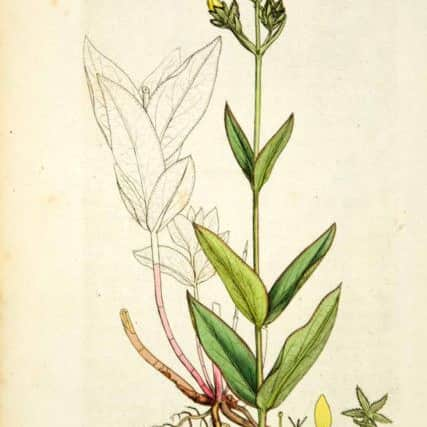

Dulse seaweed was used in a number of medical applications, including the removal of afterbirth. If the afterbirth didn’t naturally come out of the body, it was a life threatening condition. Dulse would be boiled up and dropped on the stomach, which almost always removed the afterbirth. It was also used to soothe babies suffering from colic.
St Johns Wort
St Johns Wort is a common active ingredient in anti-depression medications, but back in the 1700s they believed this was a person being possessed by the devil. Small pouches of the plant were made up and to be kept under the oxter of the person suffering. Because of the thin skin of that area, the toxins from the plant would seep through and heal the person - although the Highlanders thought that it was chasing away the possession.
Willow Bark
While the book refers to using willow bark as an aspirin, the more commonly available meadow sweet was used more often. The crushed flower was made into a tea or an ointment which was then applied to the area in pain. It was an antiseptic which smells like modern medicine Deep Heat.
Bitter Vetch or Heath Pea
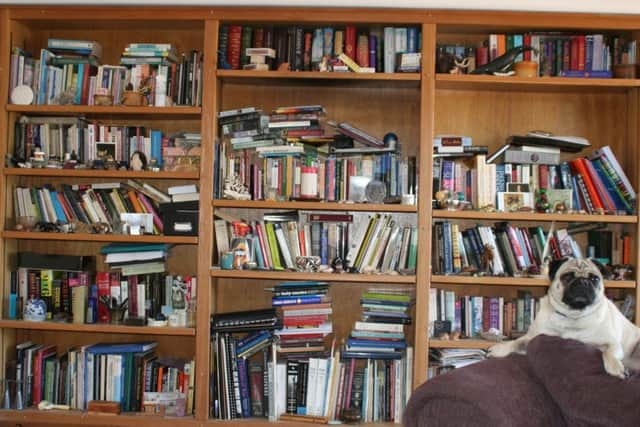

Bitter Vetch or Heath Pea was a plant commonly used by travellers. The tubers on the roots were cleaned and consumed, which had an aniseed like taste, and had a myriad of effects. It was used as a hunger suppressant, which was also good at keeping people awake. It was used to flavour whisky, and could actually enhance the sensation of being drunk. Alternatively, it could be taken the next morning to help avoid a hangover. Studies are currently being carried out in the Highlands to test these claims.
Sphagum Moss
Advertisement
Hide AdSphagnum moss was one that was used right up until WWII, which had been used for centuries before. This was a very spongy moss which would be used to pack wounds. Due to the absorbent quality, it was excellent for soaking up the blood of wounded soldiers. Not only that, the moss has a natural antiseptic quality, meaning it would kill off any bacteria present in the wound.
Interestingly, there is no mention of fungus in any of the books. People avoided it so readily, there was never any need to even warn people not to mess with it. This was for two reasons - the first being that fungus was so closely linked with Druids that it was almost revered.
Advertisement
Hide AdSecondly, it was so easy to confuse fungi, that it would be easy to consume a poisonous one, that many people just avoided it.
There are many other plants that were used to heal, just over 100 are listed in the earliest books. Find out more in classes at the Royal Botanic Gardens in Edinburgh.
When lead character Claire Fraser is sent back in time, she is asked if she is part of the Beaton clan.
Dr Gregory Kenicer, Head of Education at the Royal Botanic Gardens Edinburgh, said: “The Beatons were famous healers from the Islands, serving as physicians to the Crown right up until the union. After that, they worked as physicians in the Capital. They very much kept this air of mysticism about them in the lowlands, wanting to protect their brand. But many of their trade secrets with plants would have been common knowledge in the villages of the Highlands.”